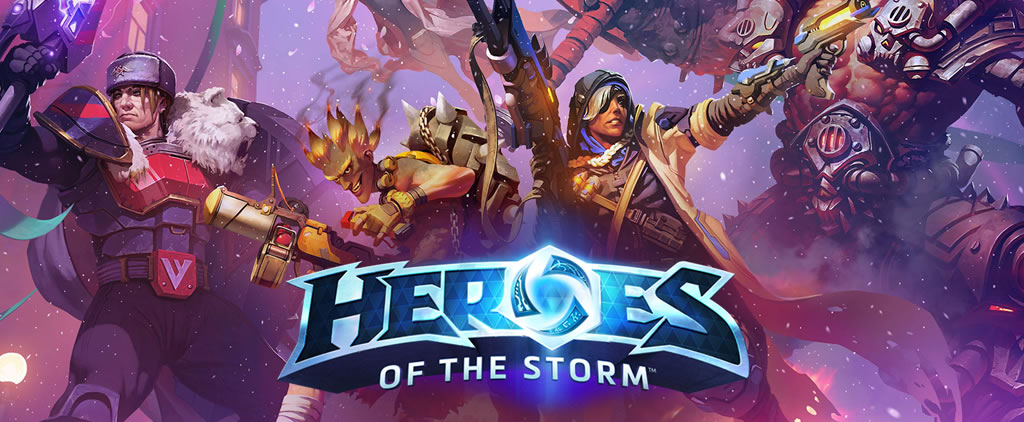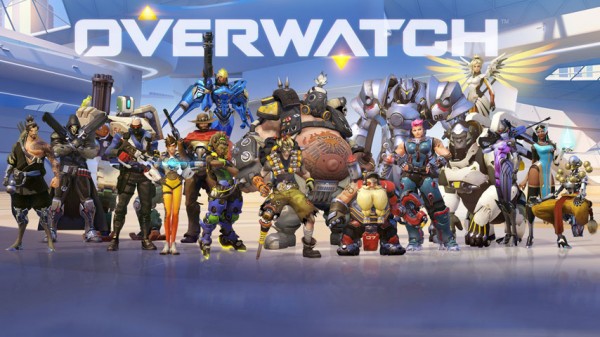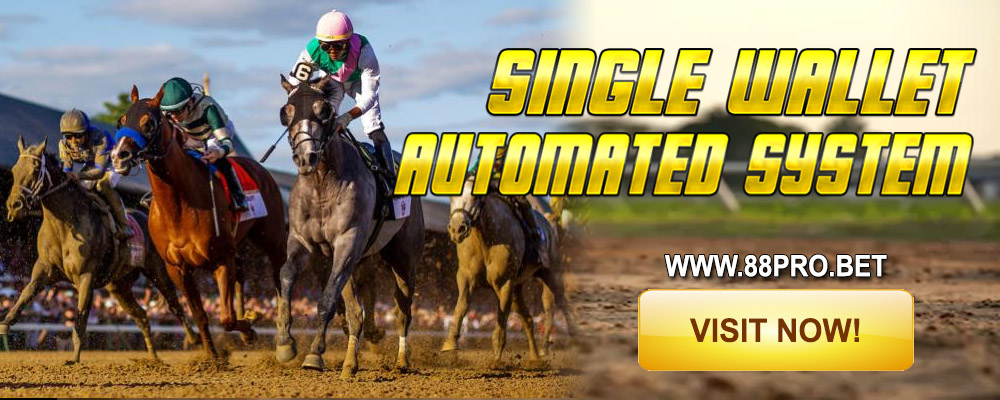Dog racing is a sport that boasts the impressive speed and agility of dogs. The most prevalent dog sports in this racing landscape are track racing, where race dogs sprint in an oval or straight-line track, and coursing, where race dogs chase a lure in an open field or large space.
But dog racing events in the modern dog racing industry are not just limited to the two racing types. Race dogs can also participate in hurdle racing, which involves leaping over hurdles, or even take part in sprinting and agility races.
However, despite the different types of racing events, dog racing trainers and enthusiasts must acknowledge that not all dog breeds can join all races. Each breed has unique qualities that make them ideal for a specific race type.
Likewise, bettors partaking in dog racing Singapore must also be aware of the strengths and capabilities of dog breeds before participating in any betting activities.
Dog Breeds for Racing
In essence, no specific dog breed is officially deemed a racing breed—some dog breeds just have impressive build and physical abilities that make them better skilled at racing. Below are some of the breeds that are known for their speed and are frequently seen at dog race events:
Greyhound
Greyhounds are natural sprinters initially bred to be hunting dogs to chase foxes, rabbits, and deer. In the racing world, they are considered the champion sprinters. The slender body and powerful leg muscles of greyhounds allow them to reach impressive speeds, often topping 72 kilometres per hour.
Top Speed: 72 km/h
Weight: 27 to 32 kg
Height: 69 to 76 cm
Lifespan: 10 to 13 years
Temperament: Noble, Gentle, Sociable, Independent, Athletic
Saluki
The Saluki is considered one of the oldest breeds in the world, with a history dating back over 7,000 B.C. Salukis are recognized as the “Royal Dog of Egypt,” as numerous kings and Egyptian pharaohs have shown favour to these canines. In addition to their esteemed status, Salukis have a rich legacy as skilled hunters of gazelles, hares, foxes, and jackals.
This dog breed is also a great racing breed—closely tailing behind the Greyhound in terms of being the fastest dog breed. Salukis have slender frames and long legs that enable them to reach speeds of around 68 km/h.
Top Speed: 68 km/h
Weight: 18 to 29 kg
Height: 58 to 71 cm
Lifespan: 10 to 17 years
Temperament: Gentle, Independent, Spirited, Affectionate, Dignified
Ibizan Hound
Ibizan hounds, similar to Greyhounds and Salukis, are renowned for their agility and keen sight and were initially bred for hunting. These dogs have sleek, aerodynamic physique—a built great for coursing races. Additionally, Ibizan hounds are also a terrific breed choice for hurdle racing as they can jump up to 6 feet (or 182 cm) from a standing position.
Top Speed: 64 km/h
Weight: 20 to 23 kg
Height: 58 to 69 cm
Lifespan: 11 to 14 years
Temperament: Even-Tempered, Polite, Sweet-Natured, Aloof
Vizsla
Although not as fast as greyhounds and salukis, the Vizsla is another dog breed that excels in a variety of dog sports. Its light yet muscular build makes it an excellent contender in sprint and agility races. Vizslas can reach a top speed of 64 km/h, similar to Ibizan hounds.
Top Speed: 64 km/h
Weight: 20 to 27 kg
Height: 53 to 61 cm
Lifespan: 12 to 14 years
Temperament: Affectionate, Gentle, Energetic, Versatile, and Consistent
Whippet
This dog breed is often referred to as the “poor man’s racedog” or “mini Greyhound” as it shares many traits and physical features with the greyhound breed. While whippets may not match their descendant’s size and sheer speed, they still possess striking agility and endurance. Their slender, arched bodies and long limbs allow them to run for long distances and maintain an impressive top speed of 60 km/h.
Top Speed: 60 km/h
Weight: 11 to 18 kg
Height: 46 to 56 cm
Lifespan: 12 to 15 years
Temperament: Affectionate, Calm, Playful, Independent, and Quiet
German Shorthaired Pointer
German shorthaired pointers are versatile hunting dogs that also excel in dog sports. These pooches are great for sprinting and long-distance racing, as they can reach a top speed of 60 km/h. German shorthaired pointers are also highly intelligent and responsive to commands; hence, they are exceptional candidates for racing events focusing on agility and obedience.
Top Speed: 60 km/h
Weight: 20 to 32 kg
Height: 53 to 64 cm
Lifespan: 10 to 12 years
Temperament: Affectionate, Trainable, Responsive, Willing
Dalmatian
Although Dalmatians have gained popularity as family pets following the Disney classic where they were featured, they are famous off-camera as firehouse dogs and coach dogs.
Dalmatians can run at a speed of around 59 km/h. They may not be fast enough for track or course racing, but Dalmatians can still participate in other racing events. Their impressive speed, stamina, and spirited nature make them suitable for sprint races and relay events.
Top Speed: 59 km/h
Weight: 20 to 32 kg
Height: 48 to 61 cm
Lifespan: 12 to 14 years
Temperament: Outgoing, Dignified, Smart, Loyal, Devoted, Alert
Doberman Pinscher
Doberman Pinschers are known for their fearlessness, strong work ethic, high speed, and drive; hence, they are frequently employed by police, military, and search-and-rescue services for protection purposes. Subsequently, their impressive physical attributes and traits make them stand out—they can also participate in dog racing events. The powerful build and sleek, short coats of Doberman pinschers make them aerodynamic for racing, reaching speeds of 56 km/h.
Top Speed: 56 km/h
Weight: 34 to 45 kg
Height: 61 to 71 cm
Lifespan: 10 to 12 years
Temperament: Responsive, Alert, Fearless, and Loyal
Factors Affecting a Dog’s Speed
Dogs have varying running speeds, which usually depend on their breed and other physical attributes.
Age
Similar to humans, age plays a significant role in a dog’s running abilities. Young children cannot reach the same speed as adults with fully developed bodies. The same applies to young puppies—they may not have fully developed muscle systems and stamina to run at the speeds of dogs in their prime years. This logic also applies to senior dogs; they tend to have slower running speeds due to aging.
The ideal age for peak running performance of dogs typically falls between 1 to 5 years, depending on the breed.
Size
The size of a dog also influences its running speed. In general, larger dogs have larger lung capacity than their smaller counterparts. This means they would be able to breathe in more oxygen to fuel their muscles when they are running.
Larger and slender dogs also have longer strides, enabling them to propel and reach higher speeds.
Body Composition
Another key factor influencing a dog’s running speed is its body composition. Dogs with deep chests, lean bodies, and long legs tend to be faster runners. Muscle strength and endurance are critical for maintaining top speeds over distances, and a lean body allows for efficient movement.
Health
A dog’s overall health is the most critical factor that affects their running speed. A healthy dog is more likely to have excellent physical health and showcase impressive performance in races. Factors like joint health, cardiovascular fitness, and injuries or ailments can affect a dog’s running speed.
Where to Bet on Dog Racing?
After familiarizing yourself with the physical characteristics of dog breeds frequently engaged in dog racing, you should also consider where you will place your bets for dog racing events.
You can leverage sports betting platforms and websites for a convenient, private, and secure dog racing betting experience.
88ProAsia is a trusted online sports betting platform in Malaysia, Singapore, and other countries in Asia. We offer the best odds that can match Singapore pool current odds as well as the best payouts and bonuses to provide our clients with an incomparable betting experience. Register here to start your dog racing betting journey.
































